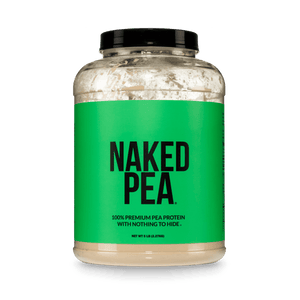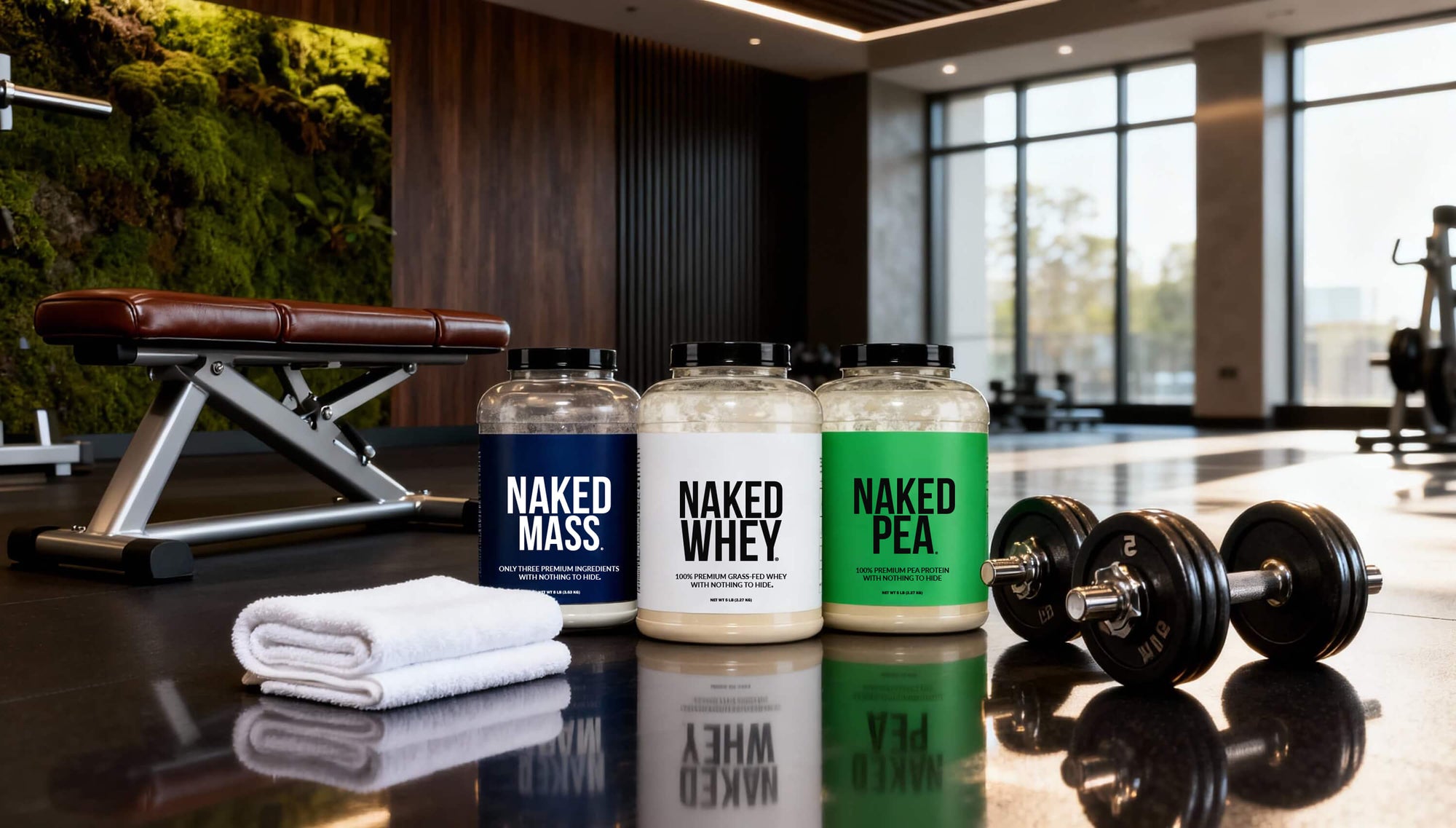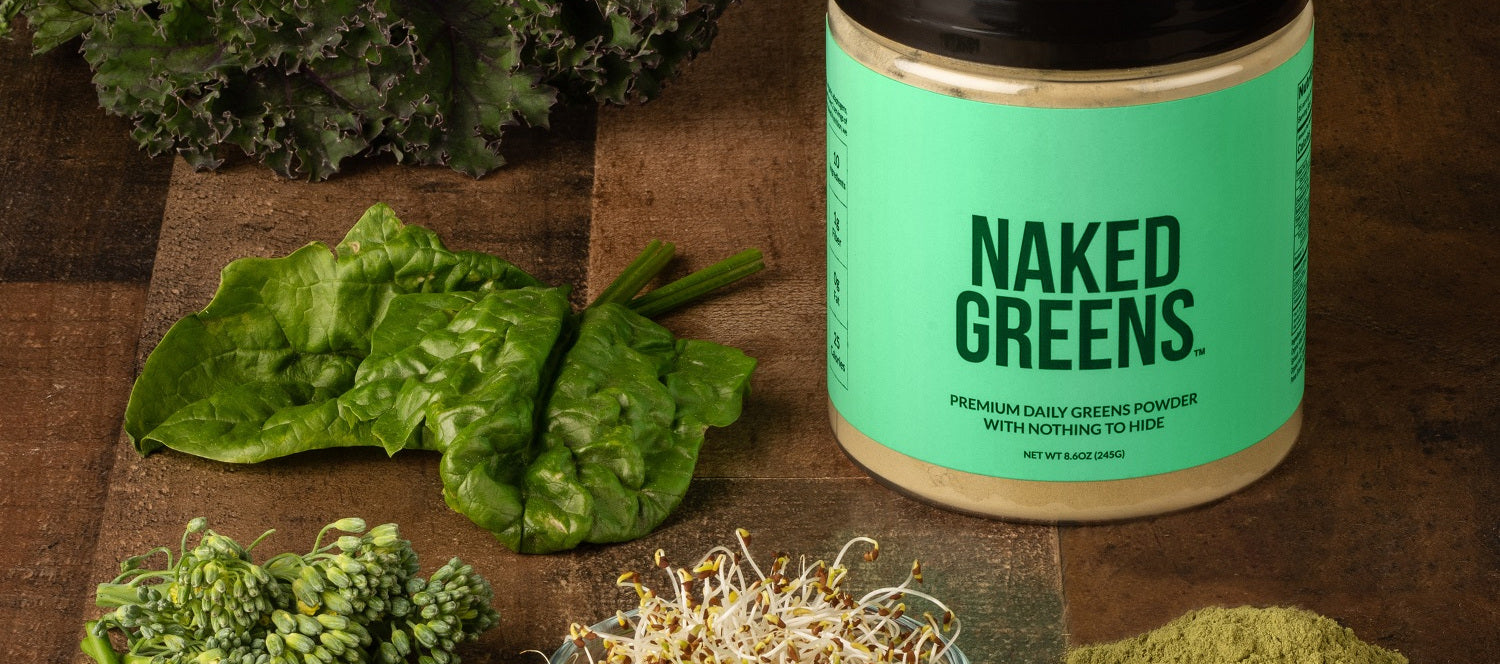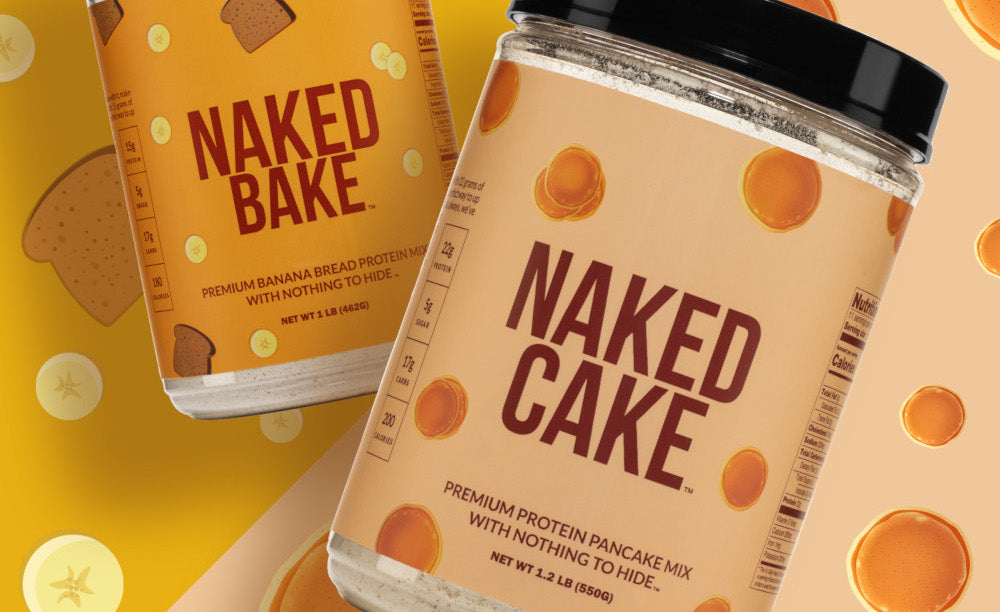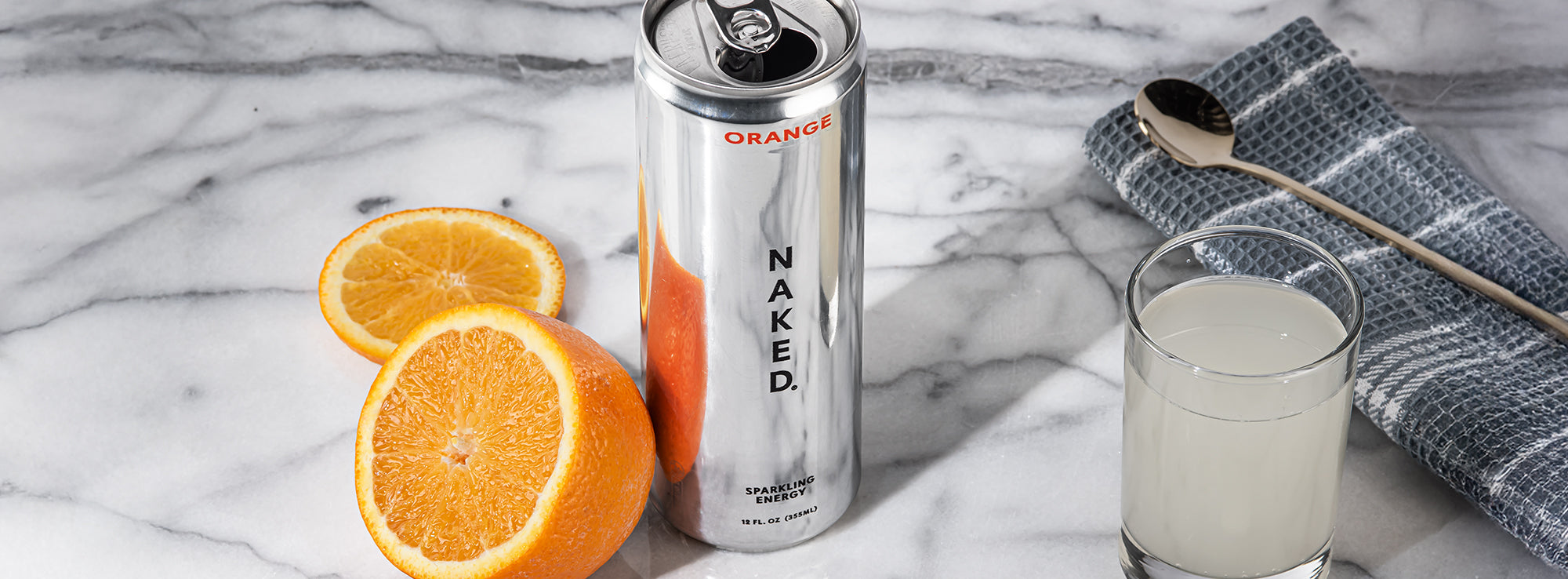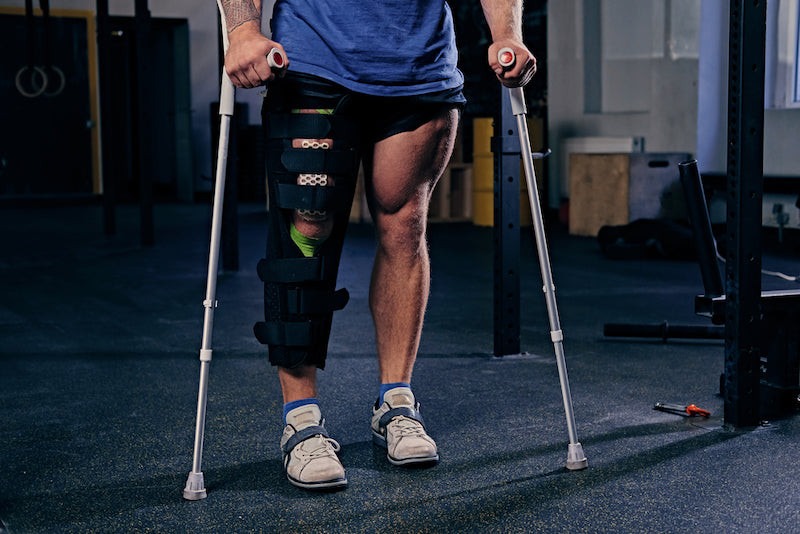Injuries suck, but they happen.
If training and fitness are a part of your life for the long haul, then at one point or another you’ll probably deal with an injury that sidelines you from the gym.
The mistake many people make is that they think since they can’t hit the weights, their fitness progress is on pause.
So, they allow themselves to let go while not at the gym.
This approach will not only halt your progress but also require additional time for you to rebuild momentum once your injury heals and you’re able to head back to the gym.
Instead, use this time to focus on aspects of your wellness that might be lacking.
If you want to be fit, healthy, and active for decades to come, then you should focus on multiple factors of health, and this could be the perfect opportunity to do so.
Resist the Urge to Rush Back

The goal is to get back to the gym as soon as possible.
But rushing back before you’re fully healed will only prolong the time that you’re forced to stay away from training.
It can be incredibly frustrating to sit at home while you imagine your hard-earned muscles rapidly disappearing (they’re not).
But instead of rushing back to the gym and re-injuring yourself, take this time to evaluate what was the biggest factor behind your injury.
Unless it was an accident of some sort and someone dropped a dumbbell on your foot, you probably got injured due to a deficiency in form or because of a muscle imbalance.
Analyze What’s Behind the Injury
If you can, go see a sports doctor or a physiotherapist to examine your injury.
Often what feels like an injury could just be a severe case of tightness in one muscle, that then subsequently impacts the mobility of other muscle groups around it.
While this can feel like an injury, it's actually less of a severe issue and can be fixed with the right exercises and mobility drills.
A physio will be able to identify what is really going on.
If it really is an issue of damage to your muscles or bones, then the healing process will take longer.
But knowing what caused the injury will allow you to take better precautions in the future.
It often comes down to these two issues:
Form

Poor form leads to injuries because it can cause you to put extra stress on the wrong muscles to overcompensate for your bad form.
For example, a deadlift puts heavy focus on the glutes and hamstrings and you’re supposed to maintain a flat back throughout the movement.
But if you don’t have the mobility to maintain a flat back, or your legs and glutes aren't strong enough to properly deadlift the weight you’re working with, you might put extra load on your lower back to overcompensate, thereby increasing your risk of injury.
Muscle Imbalance
Similarly, muscle imbalances can lead to an injury because it causes certain muscles to work harder than others, leading to overuse and fatigue.
You start moving in a way to compensate for the imbalance, making the body more susceptible to injury while training.
For example, if the quads are stronger than the hamstrings, it can cause the kneecap to track incorrectly during movements like squatting, jumping, or running.
This can lead to knee pain and eventually even more serious knee injuries like ACL tears or patellar tendinitis.
Pushing Too Hard
Pushing yourself to the max can definitely benefit you, both from a fitness angle and also for increasing mental toughness.
But consistently pushing too hard beyond your capacity can lead to overuse of muscles, and this can lead to injuries especially if done with bad form.
One thing that can lead to this is if you set unrealistic goals within a chosen time frame.
For example, if you’re trying to add on 20 lbs of muscle in a matter of weeks. While technically not impossible, it is an unlikely goal to be achieved by most people.
But trying to reach such goals can lead you to train way beyond your capacity and also neglect your recovery.
What Else Can You Focus On While Injured?

Imagine a version of yourself that’s really functioning on all cylinders by the time your injury heals.
Your sleep is perfect, your macros and calories are dialed in, and you’re mentally calm and focused.
When you add strength training on top of this type of wellness foundation, you’ll find that you’re supercharging your fitness progress.
Nutrition
The first step is to figure out how many calories you need each day based on your current weight, ideal weight, height, gender, activity levels, etc.
The next thing you need to calculate is your daily protein needs.
You can do these with the help of online calculators, or better yet if you can speak to a licensed nutritionist.
Once you figure it out, then it’s time to keep track of your calories, protein, and other macros.
You probably already know that you should do this, but usually, most people don’t have the time or patience to figure this stuff out.
But now that you have extra time, use this as an opportunity to really dial in your macros and nutrition.
You might be surprised at how much your body composition improves just from this one step.
Recovery
Do you have a post workout active recovery protocol?
Like a mobility practice, or a weekly routine to sit in a hot dry sauna or hit the cold plunge every now and then?
If not, then take this time to build a solid recovery practice.
You can incorporate things like weekly massages, a sauna (hot/cold) protocol, and even add in mushroom supplements to support recovery.
Even if you’re not hitting the gym, if you let your body recover well, you might notice new muscle definition just through a solid recovery practice.
Sleep
Let’s face it. Most of us could fix aspects of our sleep.
Maybe its the schedule, limiting screen time before falling asleep, or tracking the quality of sleep.
Take this time to dial in the following habits to start getting deep rest consistently.
Here are a few steps to develop a solid routine to upgrade your rest quality.
- Create a sleep schedule - Go to bed and wake up at the same time every day to establish a consistent sleep pattern.
- Establish a relaxing bedtime routine - Create a relaxing routine before bed to help your mind and body unwind. This can include taking a warm bath, reading a book, or practicing relaxation techniques.
- Create a sleep-conducive environment - Make sure your bedroom is cool, dark, and quiet. Use blackout curtains, earplugs, or a white noise machine to block out any distractions.
- Avoid caffeine and alcohol - Avoid caffeine and alcohol, especially in the hours leading up to bedtime, as they can interfere with your sleep quality and duration.
Stress Management

Have you been telling yourself for ages that you should start meditating? But usually don’t have the time or energy to start and stay consistent with a new habit?
Well, now is the perfect opportunity to start this daily habit with humongous potential upsides.
You will be able to balance mood, reduce stress, improve cognitive function, and get deeper rest, all of which will not only help your health and fitness but also improve your quality of life from various other angles.
Staying Active
Can you stay active without making your injury worse?
For example, if your injury is in your upper body, can you go for long daily walks or light jogs?
Or maybe if it's a joint issue, is it possible to go for a swim that has minimal impact on your joints?
Your situation is unique and consult with your doctor or physio to learn how you can best stay active during this period.
The added circulation will keep your mood up and could even help speed up recovery.
Prevent Muscle Loss While Injured
Finally, here are some proven steps to mitigate muscle loss while you’re not able to hit the gym.
Increase Protein Intake
Even if you normally eat enough protein, during the recovery phase, it might be a good idea to increase it even further to your personal upper limit.
This will not only help preserve muscle mass but could also expedite the recovery process with an added boost in amino acids.
Supplement With Creatine
Creatine is proven to help in muscle preservation. If you train regularly then you should most likely take creatine anyway, especially if you’re in your 30s or above.
But if you’re not currently taking creatine, now could be a good time to get started. Check out our article for an in-depth guide to the benefits of creatine, even beyond muscle gains.
Hit the Sauna
Sauna use has also been proven to help preserve muscle mass.
Plus it will help you improve sleep, and increase circulation, both of which will support your body significantly in the recovery process.

